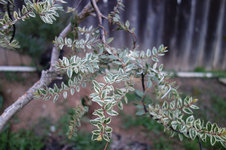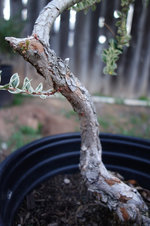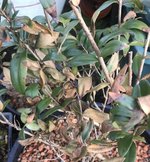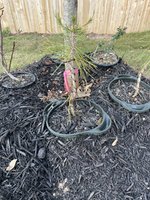TheAntiquarian
Sapling
Does anyone on this page have any experience with common myrtle as bonsai? I've been thinking of starting one and I wonder how far it tolerates being cut back and what precautions one ought to take. My only experience in bonsai has been with a schefflera, with my background in gardening and some valuable help from the Internet that hasn't proved to be too hard, so now I'd like to try with this myrtle I have, which is a few years old. I've been wiring it a bit to expand the structure and I like the structure of its trunk and branches, I've been fantasizing of it becoming a bonsai. I just wonder if it would tolerate to be completely cut back to a small size, and at what time of the year it might be convenient to do this. Probably early spring...?











